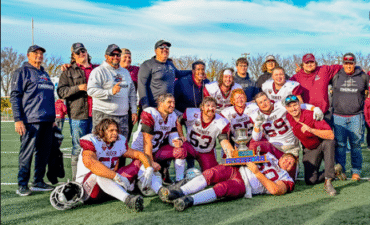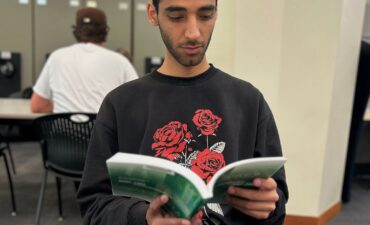Last week, the Saskatchewan Prairie Conservation Action Plan delivered a series of webinars to local ranchers to show them how they can save native prairie and make money too.
One group that’s already doing this is B-C Ranch in northwest Saskatchewan. They focus on restorative agriculture through holistic management. Bluesette Campbell, owner and management for B-C Ranch, says the three generations of the Campbell family on the ranch have come together to create a common goal: to leave the land better than they found it.
“We use the cattle as a way to improve the grasslands by covering bare ground, what we call creating biological capital,” said Campbell. “I believe that cattle are one of the most effective tools to get the land back to where it was when the buffalo roamed, they’re the most natural way to keep the land.”
According to the Native Plant Society of Saskatchewan, “It is estimated that almost 80 per cent of the prairie has been lost. In local areas of prime cropland, less than two per cent of the original prairie remains.”
The Saskatchewan Prairie Conservation Action Plan’s second annual Prairie’s Got the Goods Week ran from March 18-24. The events for the week included five webinar presentations on a variety of topics about ecological goods and services, from results-based conservation to soil organic carbon.
The Canadian Association of Forest Owners defines ecological goods and services as “the direct economic and cultural benefits provided to humans by ecosystems such as wetlands and watersheds and includes water filtration, flood protection and wildlife habitat.”
Carolyn Gaudet, manager of the Saskatchewan Prairie Conservation Action Plan, said Prairie’s Got the Goods Week is important because there is a need to increase appreciation and understanding of Saskatchewan’s native prairie ecosystem.
“By highlighting the ecological goods and services that are involved in native prairie, it helps to increase awareness and education,” said Gaudet. “We have quite a few species at risk in Saskatchewan, and a lot of them depend on native prairie and native prairie ecosystem. By maintaining native prairie we can provide habitat for those species.”
Gaudet said the way to maintain Saskatchewan’s native prairie is to keep supporting ranchers, because ranchers are stewards of the land.
“It’s in [a rancher’s] best interest to manage their land appropriately, in a way that’s sustainable,” said Gaudet, “maintain[ing] the native prairie range land in good condition provides all these ecological goods and services.”
Tom Harrison, executive director of South of the Divide Conservation Action Program is one of the webinar speakers. His talk, Species at Risk Habitat: The Provisions of Ecological Goods and Services in Southwest Saskatchewan, discussed results-based conservation agreements between the Saskatchewan Stock Growers Association and agricultural producers.
Harrison said the goal of the program is to have more habitat and a better habitat for these species. He also said the focus is on the extreme southwest because “The land base is still such that there’s still relatively lots of grassland compared to around Regina here, and there’s still a fairly strong ranching culture down there.”
“It’s all about signing agreements with producers who own critical habitat for species at risk,” said Harrison, “So that they are achieving certain habitat targets on their land.” Agricultural producers that sign an agreement will receive compensation for providing habitat for species at risk, like the greater sage-grouse.
“What this does for the producer, it provides him another tool, or another marketing avenue for his land base,” said Harrison, “So that in addition to marketing beef, he’s actually become a marketer of habitat.”
“Restoration is really expensive, so we want to work with the producers that still have this habitat,” said Harrison.
Miles Anderson owns a ranch in the East block of Grasslands National Park and provides habitat for one of the last populations of greater sage-grouse in Canada. “They’ve always been there,” said Anderson, “The way I do things is the way they like it, I guess.”
Anderson said that conserving the native prairie hasn’t been his complete focus for the ranch, but it’s something that’s on his mind. “It doesn’t do you any good to abuse [the land].”














